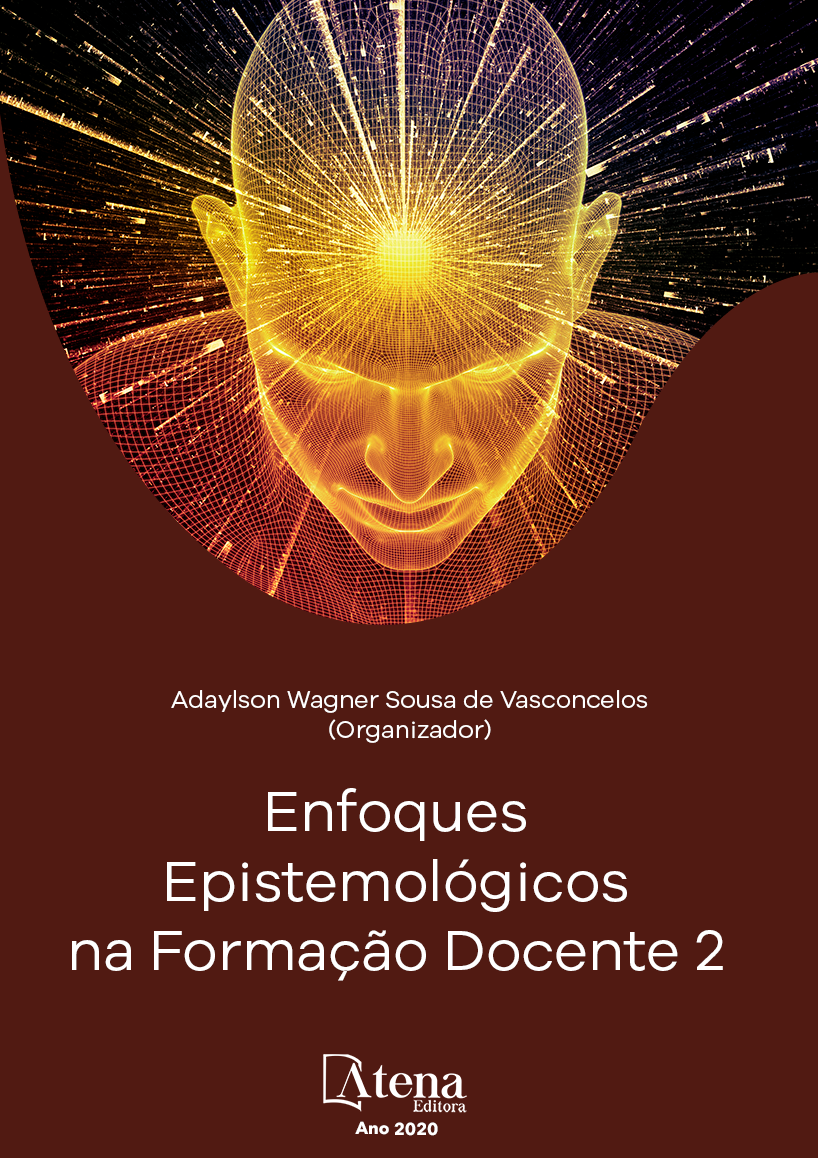
UTILIZAÇÃO DE MASSA DE MODELAR EM AULA PRÁTICA DE ANATOMIA ANIMAL NO CURSO DE MEDICINA VETERINÁRIA – RELATO DE EXPERIÊNCIA
Existe uma necessidade urgente
de adequação das informações das ciências
morfológicas compatível com o perfil dinâmico
e imediatista dos alunos recém-chegados
aos cursos de bacharelados em medicina
veterinária. Limitar o aluno a receber informações
pelo processo de recepção, não atinge os
objetivos requeridos pela educação atual. A
utilização de metodologias ativas durante as
aulas buscam despertar o protagonismo do
aluno e impor uma remodelação do papel do
professor, apontando alternativas para o mero
aprendizado passivo. Este trabalho teve por
objetivo relatar a experiência realizada com
os alunos do primeiro período referente a
utilização de massa de modelar na aula prática
de anatomia dos animais domésticos para o
estudo de planos, eixos e secção. A primeira
parte da prática ocorreu em sala de aula, com a
exposição teórica dos conceitos elementares da
nomenclatura anatômica veterinária. A segunda
etapa foi realizada no laboratório, onde os
alunos receberam individualmente massa de
modelar e fio de nylon, juntamente com uma lista
de tarefas a serem realizadas durante a aula.
Ao final da aula, foi distribuído um questionário
teórico com perguntas norteadoras referentes
aos conteúdos abordados. As perguntas foram
respondidas baseadas em casos clínicos que
envolviam situações problemas com foco em
abordagem cirúrgica de órgãos e cavidades.
Os alunos foram estimulados a responder
coletivamente, mediados pelo professor,
gerando uma ampla discussão, de onde as
respostas foram apresentadas pela turma,
consolidando os conceitos estudados. Os alunos
foram capazes de criar novos paradigmas
no processo de aprendizagem da anatomia
tornando-se protagonistas na construção
do conhecimento. Apesar das metodologias ativas serem ferramentas valiosas no
processo de ensino e aprendizagem, os métodos tradicionais de dissecação ainda se
faz necessário, para que haja um equilíbrio entre os métodos tradicionais e modernos
de ensinar para alcançar a excelência no estudo da anatomia veterinária.
UTILIZAÇÃO DE MASSA DE MODELAR EM AULA PRÁTICA DE ANATOMIA ANIMAL NO CURSO DE MEDICINA VETERINÁRIA – RELATO DE EXPERIÊNCIA
-
DOI: 10.22533/at.ed.95020140210
-
Palavras-chave: Nomenclatura anatômica, Posicionamento, Metodologia Ativa.
-
Keywords: Anatomical Nomenclature, Positioning, Active Methodology
-
Abstract:
There is an urgent need to adapt morphological sciences information to
match the dynamic and immediate profile of newcomers to veterinary bachelor degrees.
Limiting the student to receive information through the reception process does not
achieve the goals required by the current education. The use of active methodologies
during the classes seek to awaken the student’s protagonism and impose a reshaping
of the teacher’s role, pointing out alternatives to mere passive learning. This paper
aims to report the experience with the students of the first period regarding the use
of modeling clay in the practical class of domestic animals’ anatomy for the study of
plans, axes, and sections. The first part of the practice took place in the classroom,
with the theoretical exposition of the elementary concepts of veterinary anatomical
nomenclature. The second stage was performed in the laboratory, where students
were individually given modeling clay and nylon thread, along with a list of tasks to
be performed during the class. At the end of the class, a theoretical questionnaire
was distributed with guiding questions regarding the contents covered. The questions
were answered based on clinical cases involving problem situations focusing on a
surgical approach to organs and cavities. The students were stimulated to respond
collectively, mediated by the teacher, generating a wide discussion, where the answers
were presented by the class, consolidating the studied concepts. Students were able
to create new paradigms in the anatomy learning process by becoming protagonists
in the construction of knowledge. Although active methodologies are valuable tools in
the teaching and learning process, traditional dissection methods are still needed to
balance traditional and modern teaching methods to achieve excellence in the study of
veterinary anatomy.
-
Número de páginas: 8
- Débora Pereira Garcia Melo
- Gabriel de Abreu Pfrimer


